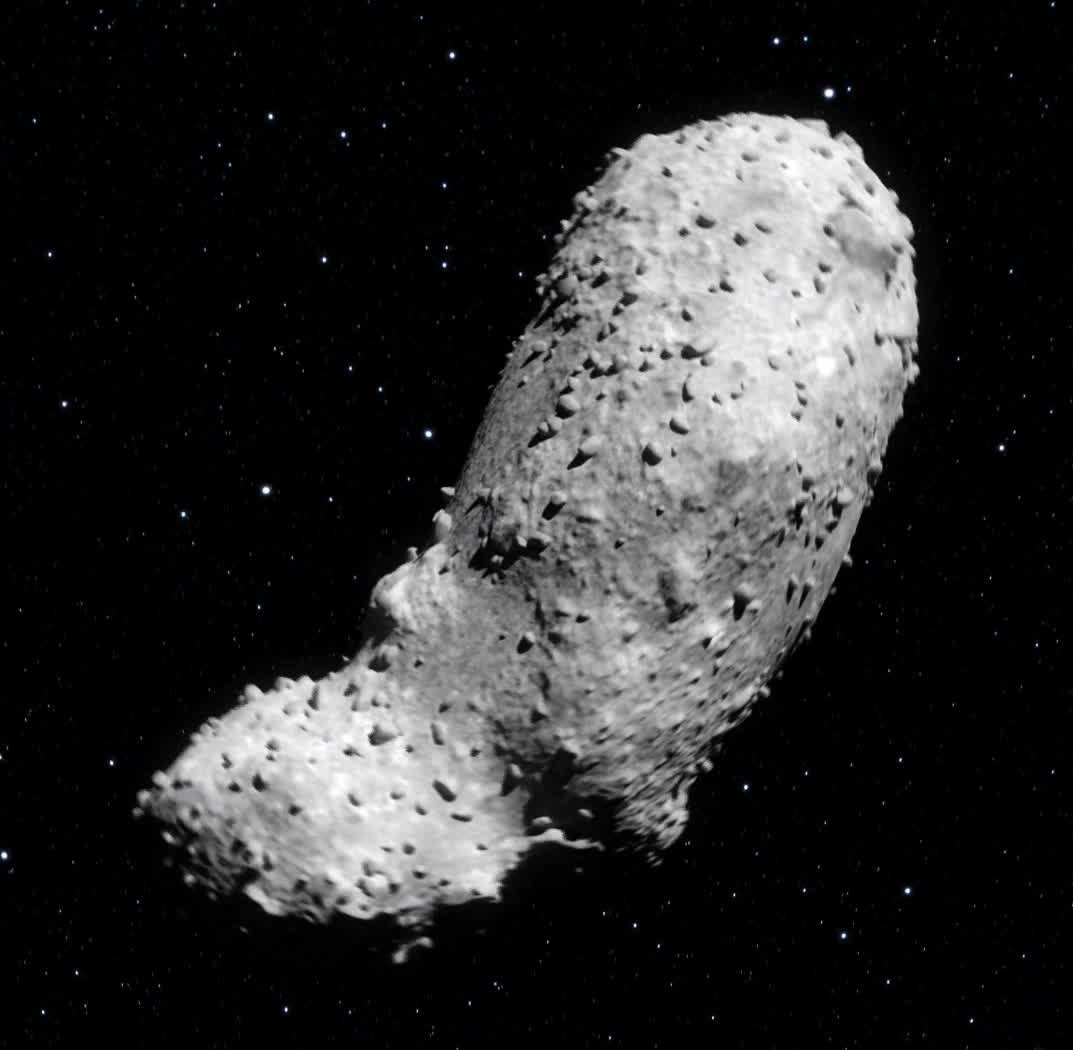A team of researchers recently determined that the solar wind (a stream of charged particles emitted by the Sun) drives the formation of water molecules on the surface of grains of dust carried by certain asteroids that have struck the early Earth.
We know that the Earth is very rich in water compared to other rocky planets in the Solar System. Researchers have therefore long wondered about its origin. One theory suggests that the vast majority of these molecules were transported to Earth during the final stages of its formation on C-type asteroids. However, previous studies focused on analyzing the isotopic "fingerprints" of these asteroids have revealed that they did not precisely match the water found on Earth, which means that there was at least one other unidentified source.
As part of a study published in Nature, researchers from Curtin University (Australia) and the University of Glasgow (Scotland) announce that they have identified this new “ isotopic reservoir". According to their analyses, the solar wind , composed largely of hydrogen ions, would have allowed the formation of water molecules on the surface of small grains of dust transported to Earth via S-type asteroids .
This new theory is based on an atomic analysis of small fragments from an S-type asteroid known as Itokawa, samples of which were collected in 2005 by the Japanese space probe Hayabusa, before being brought back to Earth in 2010.
"Our world-class atomic probe tomography system has allowed us to take an incredibly detailed look inside the top fifty nanometers of the grain surface of Itokawa dust “, explains Dr. Phil Bland, co-author of the study. By extrapolating their results, the researchers estimate that each cubic meter of these rocks could hold about twenty liters of water .

These new works not only provide remarkable insight into how some of Earth's water might have been delivered to the surface, but they could also help future manned space missions.
"How astronauts will get enough water without carrying supplies is one of the obstacles to future space exploration “, notes Dr. Daly, co-author of the study. "Our research shows that the same space weathering process that generated water on Itokawa likely happened on other planets, meaning astronauts may be able to process this fresh water directly from surface dust “.